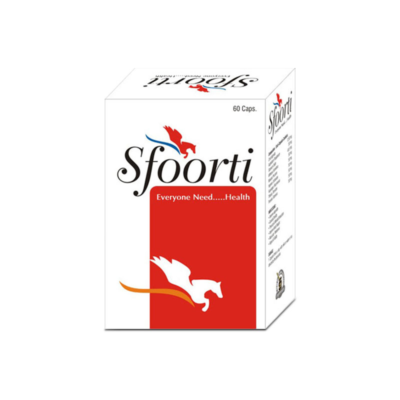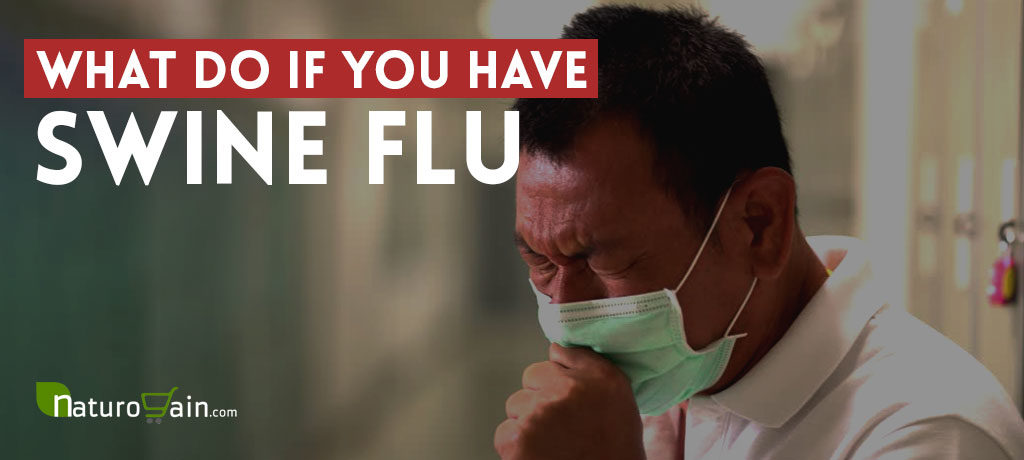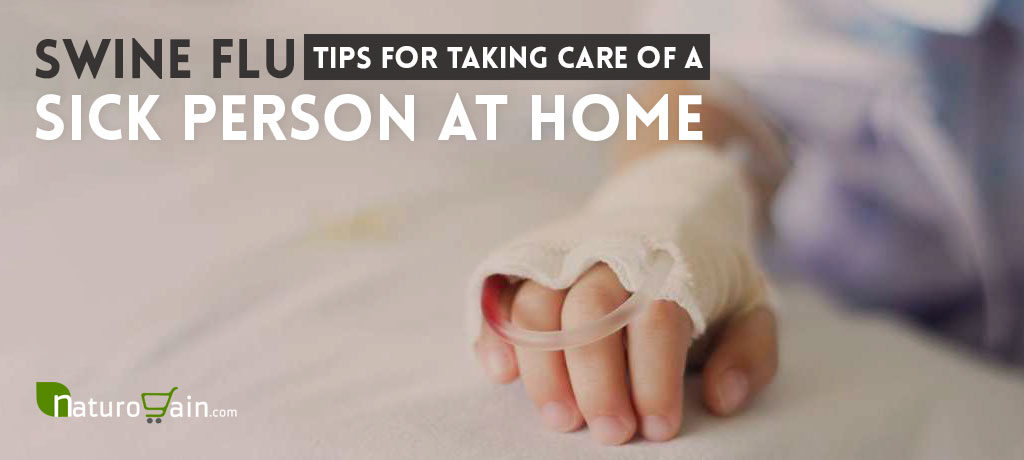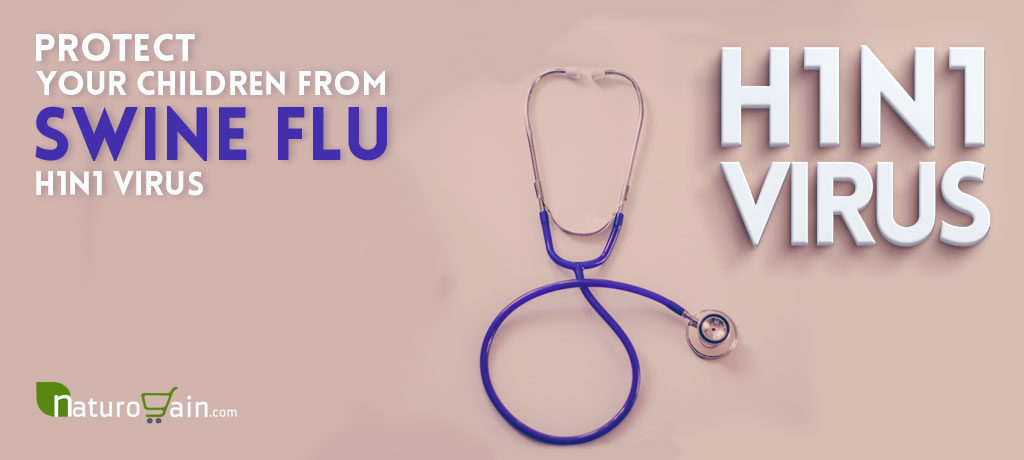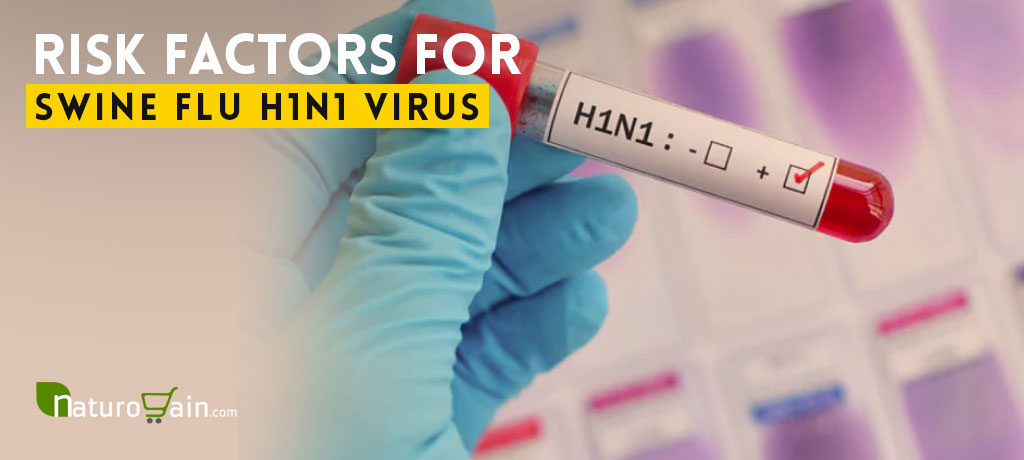Symptoms of Swine Flu H1N1 Virus in Adults and Kids
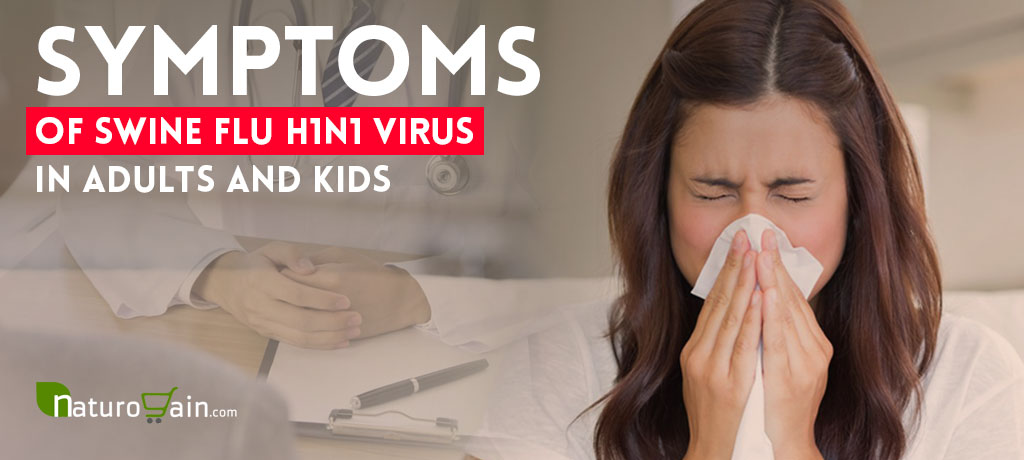
The swine flu virus was first isolated in 1930 in the USA from swine. The virus, however, slowly but gradually crossed the species barrier and started infecting humans as well.
It eventually resulted in gigantic outburst in 2009 in Mexico. Since that year, swine flu has been named as the H1N1 virus.
Human H1N1 virus contains a hybrid genome consisting of 8 RNA strands from human, bird and swine flu virus strains.
But it exhibits maximum similarity with the swine flu virus and contains 5 out of 8 RNA strands of the swine flu virus.
Incubation Period
The virus incubates for about one to four days but on average two days before showing the proper signs and symptoms which last for 1-2 weeks or for an even longer time.
Transmission Mode
The virus spreads mainly by two means. It may spread directly from person to person via ingestion or inhalation of virus-containing droplets that are released during coughing or sneezing. It may also spread indirectly via virus-infected surfaces or objects.
Susceptibility
The chances of children and young people to get infected with the H1N1 virus are greater than older people. Old people are thought to have antibodies against one strain of the virus that have an effect on another strain to some extent.
Hence, it is believed that older people might have partial immunity against the H1N1 virus and it protects them from the infection.
Symptoms of Swine Flu H1N1 Virus in Adults
The symptoms of swine flu H1N1 virus in adults are much similar to the symptoms of common seasonal flu but in some cases, they are quite aggressive and may continue for about a week or even longer.
When an adult person gets infected with the H1N1 virus, he or she may experience all or a combination of the following symptoms:
- The high temperature of 100 degrees Fahrenheit or even greater sometimes
- Barking and woofing cough
- Sore throat
- Nasal discharge or stuffy nose
- Headache, with or without fatigue
- Lessened appetite[
- Body rash
- Body aches
- Chills
- Nausea (occasionally)
- Vomiting (occasionally)
- Diarrhea
- Shortness of breath (dyspnoea)
- Languid behavior
- Pneumonia (rarely if the virus persists)
- Seizures (rarely)
- Respiratory failure leading to death
Symptoms of Swine Flu H1N1 Virus in Kids
The symptoms of swine flu H1N1 virus in kids are quite similar to the ones observed in adults. However, children may remain infected with the virus for longer periods of time compared to adults.
Generally, children have many similar symptoms as described above but in extremely severe conditions, they may experience one or all of the following signs and symptoms:
- Suspension of breathing (apnoea)
- Rapid breathing (tachypnea)
- Shortness of breath (dyspnoea)
- Cyanosis
- Dehydration
- Mental irritability
- Extreme petulance
You May Like…
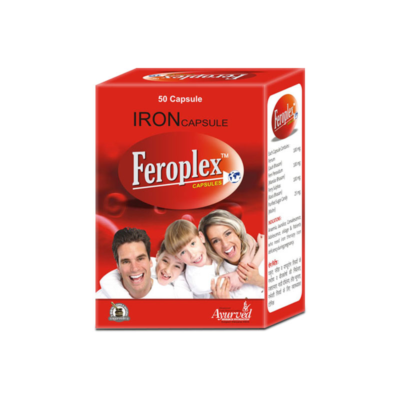
Herbal Iron Formula Supplements
$25.00 – $80.00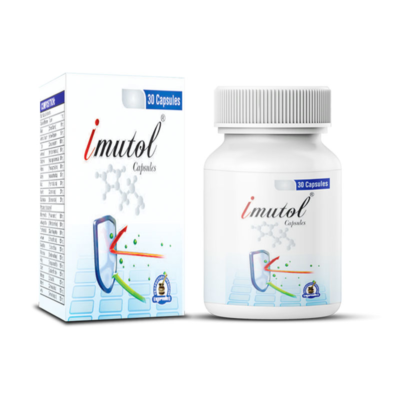
Immunity Boosting Supplements
$26.00 – $190.00You may like reading:
Swine Flu Remedies and Treatment
Foods to Eat When You Have Swine Flu
Better and a strong immune system help us in fighting different types of infections very effectively. Selenium is a compound that is found in abundance in shellfish like crabs, clams, oysters, lobsters, etc.
It is a natural booster of immunity and helps white blood cells (WBCs) of our immune system in the production of cytokines.
Cytokines are the proteins that help in clearing the flu virus from the body. Therefore, the uptake of selenium in the diet may help the body in fighting H1N1 infection.
You may like reading:
Risk Factors for Swine Flu H1N1 Virus
Signs and Symptoms of H1N1 Swine Flu
You May Like…
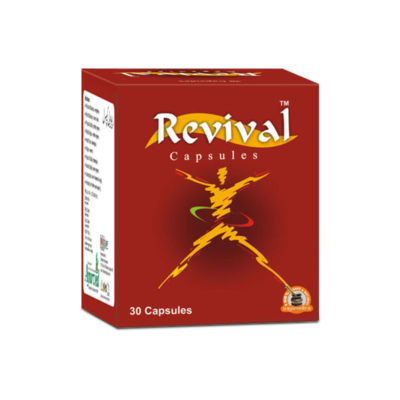
Herbal Dietary Supplements for Men and Women
$40.00 – $140.00